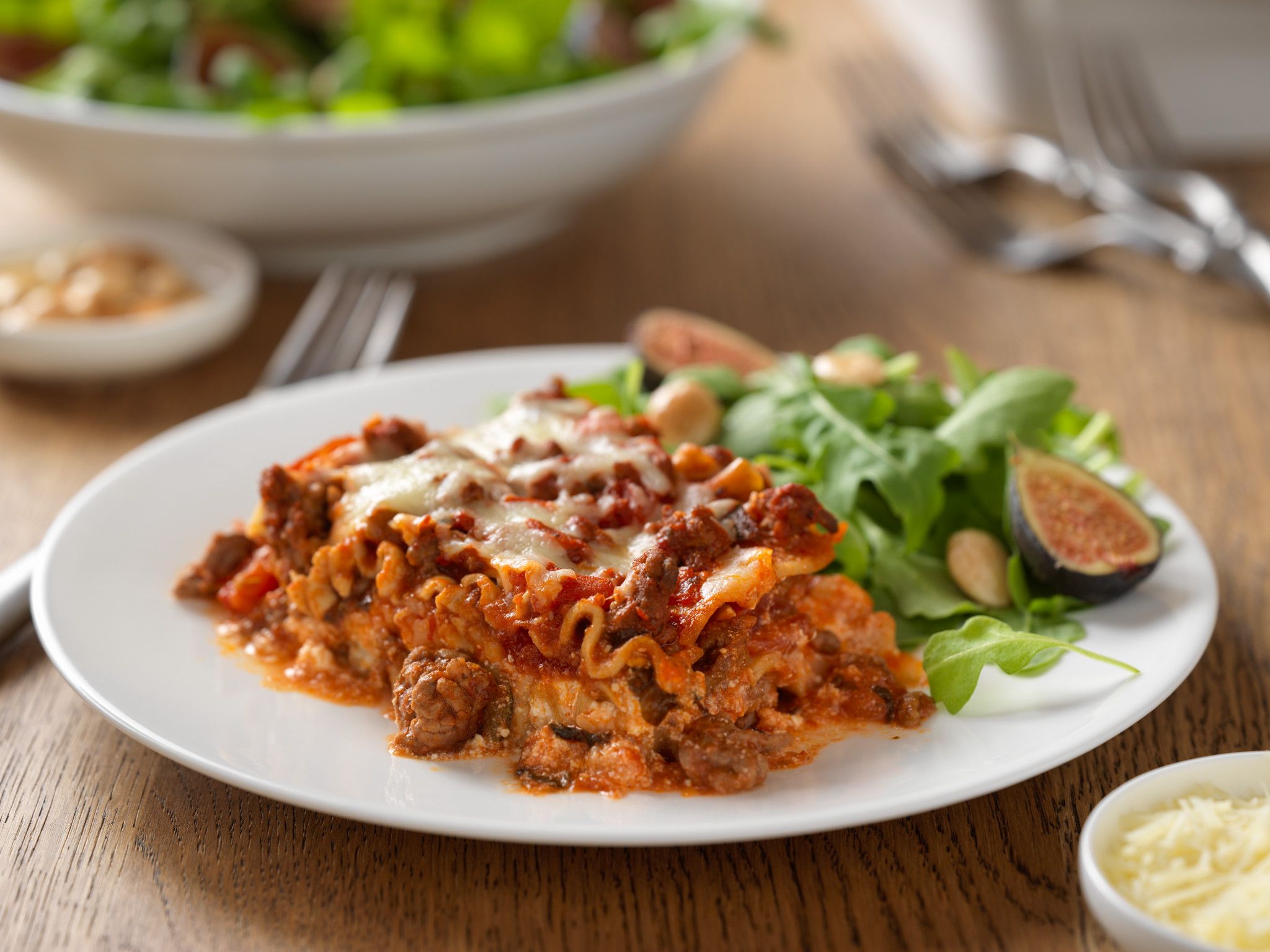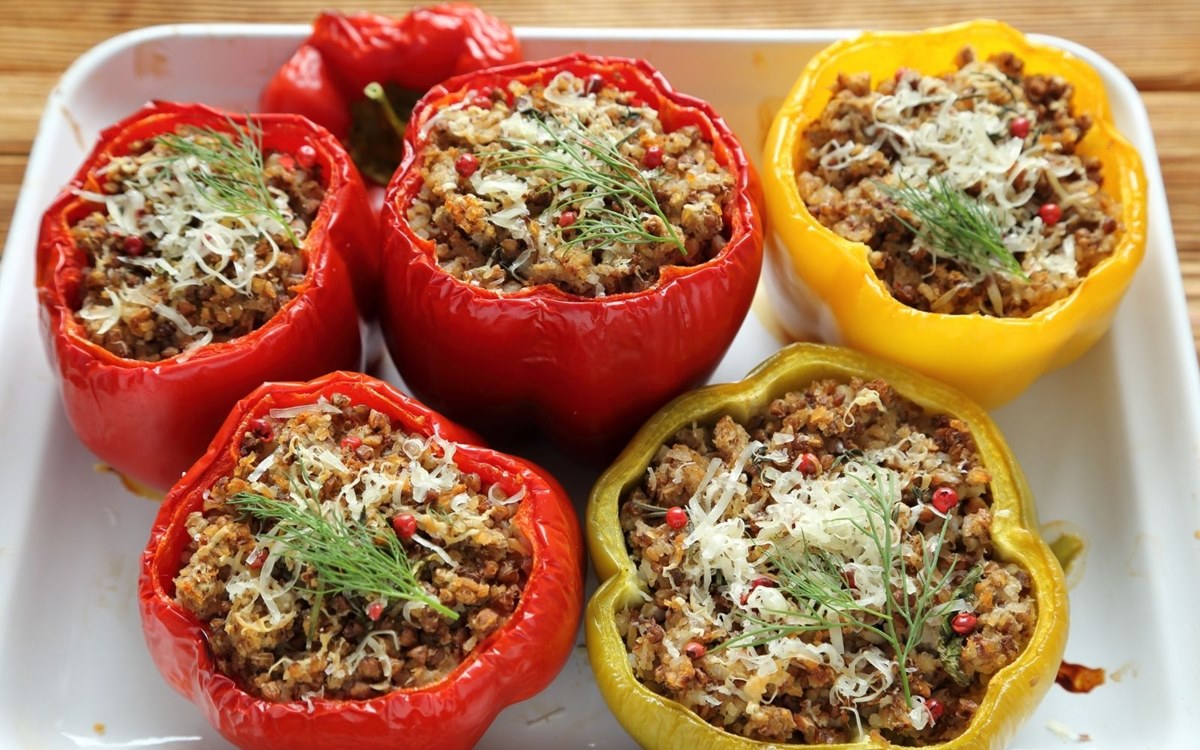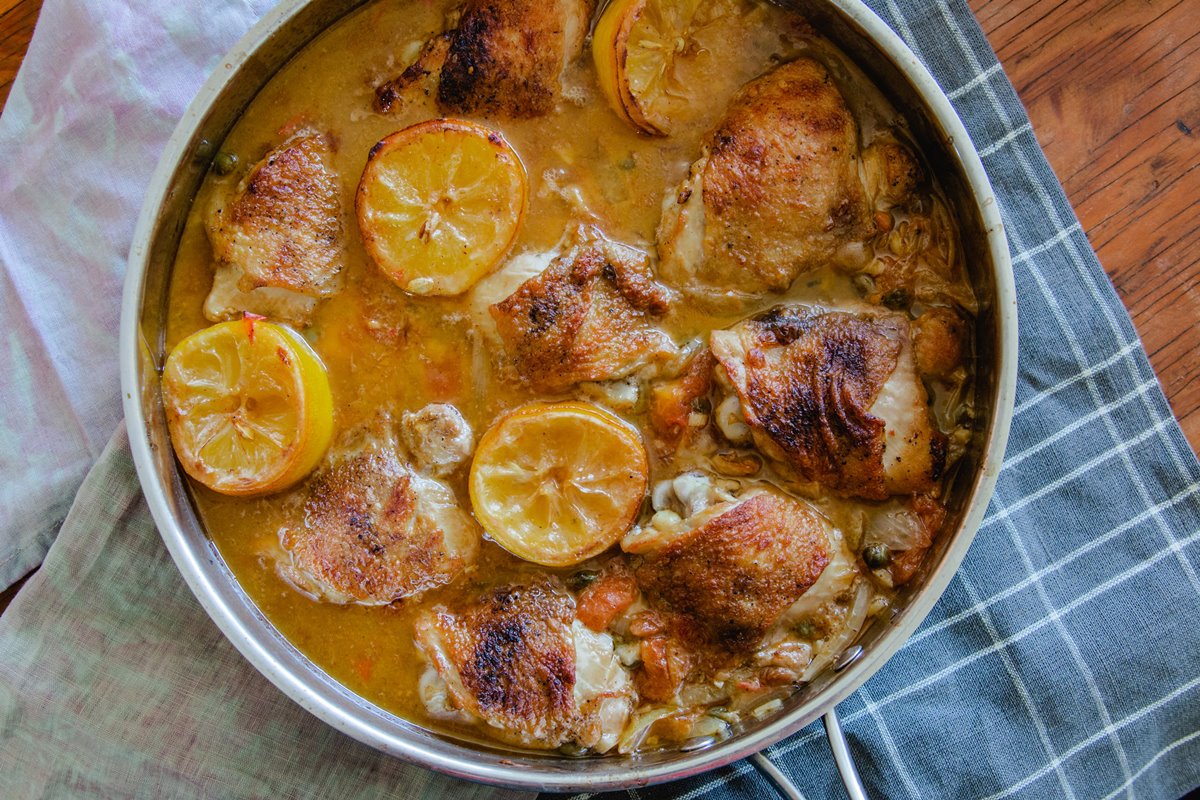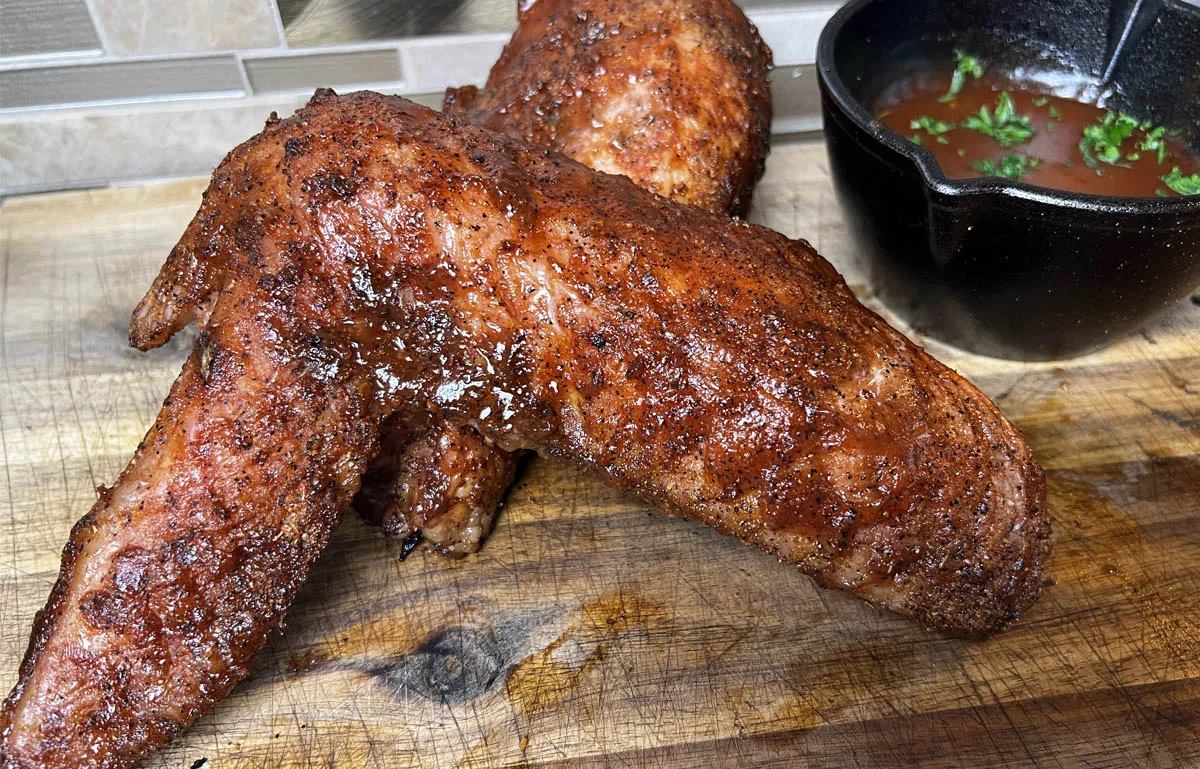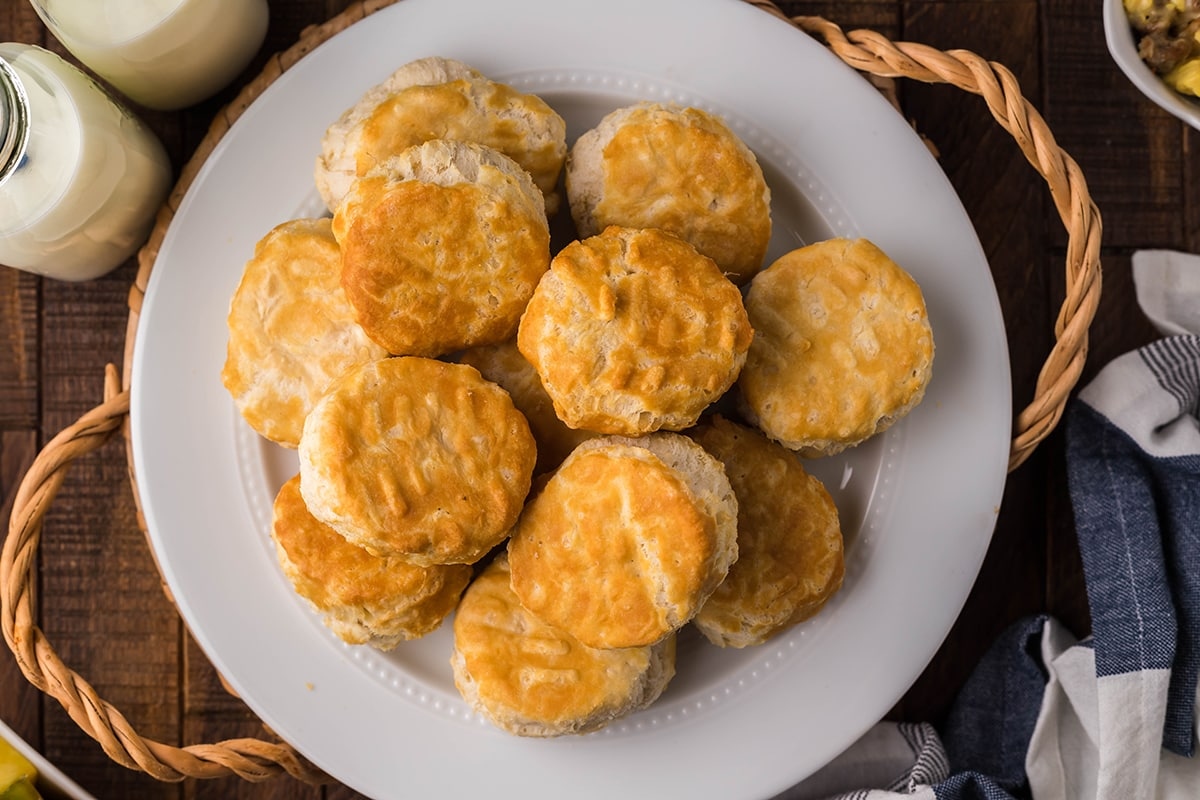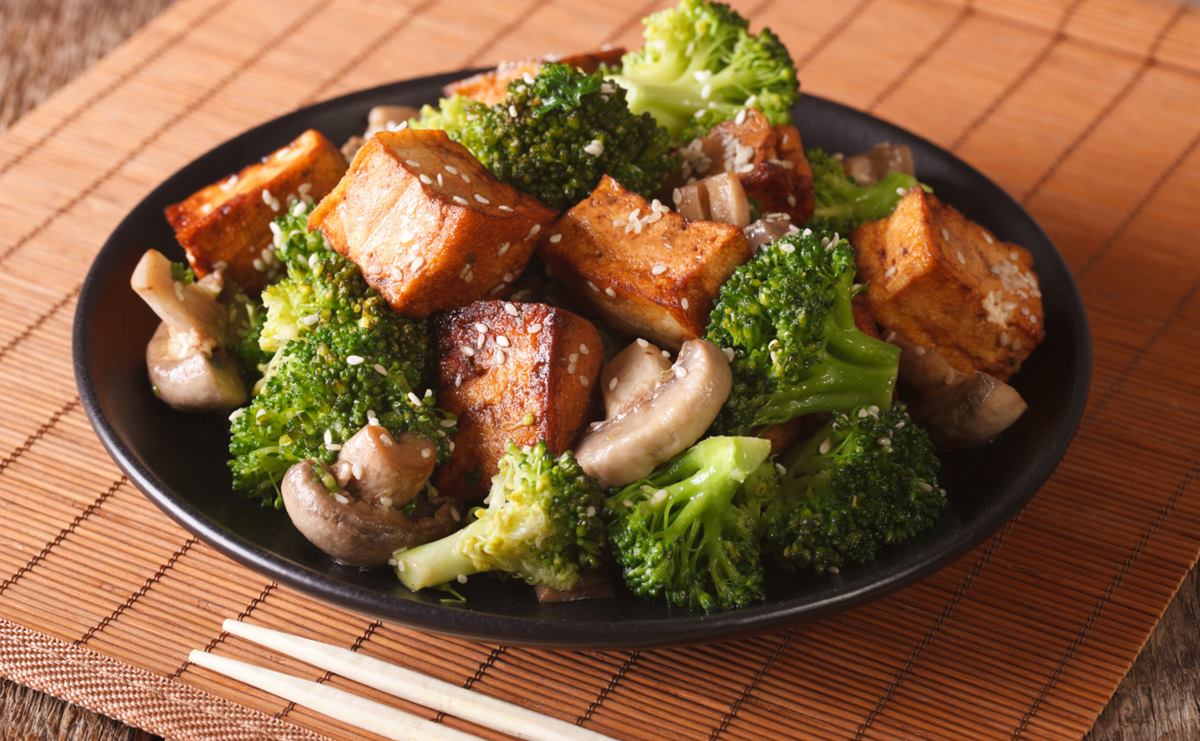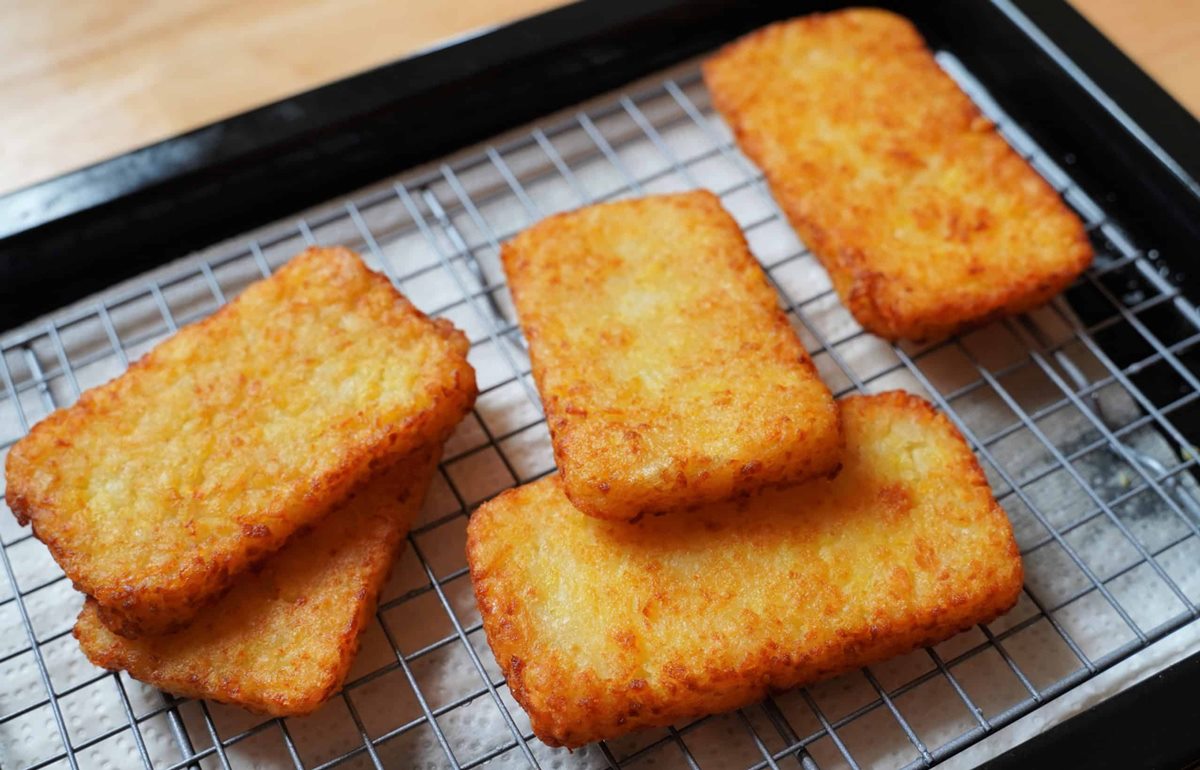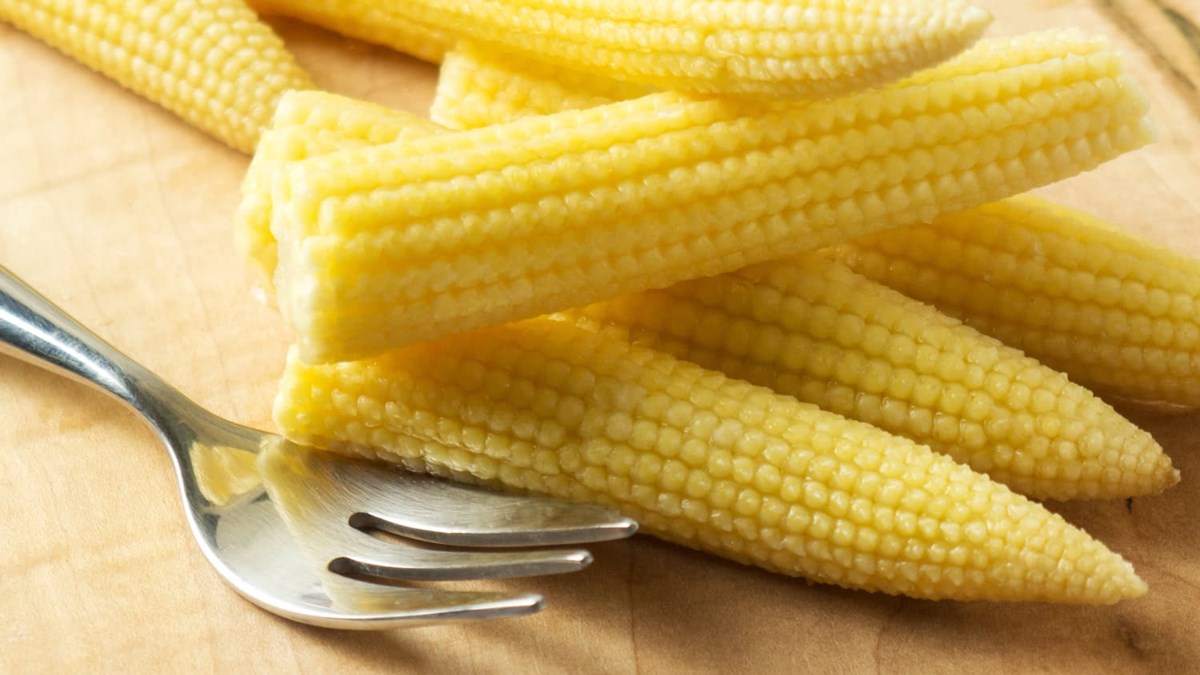Exploring Alternative Cooking Methods: Beyond Gas and Electricity
When it comes to cooking, we often rely on our trusty gas stoves or electric ovens. However, what if you find yourself in a situation where you don’t have access to these conventional cooking methods? Whether you’re camping in the great outdoors, experiencing a power outage, or simply looking to reduce your carbon footprint, discovering alternative ways to cook without gas or electricity can be a handy skill to have.
1. Embrace the Power of Fire
A classic and primitive method of cooking without gas or electricity is to harness the power of fire. With a few basic tools and some creativity, you can cook delicious meals over an open flame.
- Build a campfire: If you’re camping or have an outdoor space, building a campfire is a fantastic option. Make sure you follow proper safety precautions and check if open fires are permitted in your area.
- Use a charcoal grill: If you have a charcoal grill, you can use it as an alternative to gas or electric grills. Charcoal provides a smoky flavor that can elevate your cooking.
- Try a portable stove: Invest in a portable stove that runs on wood or charcoal. These compact and lightweight stoves are perfect for outdoor adventures.
2. Tap into the Sun’s Energy
Solar cooking is an eco-friendly and innovative way to prepare your meals without relying on gas or electricity. By harnessing the power of the sun, you can cook your food using solar-powered devices.
- Solar oven: A solar oven uses reflected sunlight to heat and cook food. These ovens are designed to maximize solar energy absorption and retain heat effectively.
- Solar-powered grill: Some grills are specially designed to use solar energy as a clean and renewable cooking source. They concentrate the sun’s rays onto a cooking surface, allowing you to grill your favorite dishes.
3. Discover the Joy of Campfire Cooking
While campfire cooking falls under the broader category of fire-based cooking, it’s worth highlighting its unique charm. Campfire cooking brings people together, creating unforgettable experiences and mouthwatering meals.
- Campfire cooking tools: Invest in essential campfire cooking tools such as cast iron skillets, Dutch ovens, and grilling grids. These tools are sturdy and can withstand high heat.
- Experiment with foil packet cooking: Wrap your ingredients in aluminum foil, then place the packets directly over the coals or on a grill grate. This method seals in flavors and produces delicious and mess-free meals.
- Try skewer cooking: Skewer cooking involves threading food onto skewers and cooking them over the fire. From shish kebabs to marshmallow roasting, the possibilities are endless.
4. Harness the Heat of Nature
Did you know that you can cook using the natural heat from the earth? It may sound unconventional, but these methods have been utilized for centuries.
- Hot spring cooking: If you’re fortunate enough to have access to hot springs, you can use them to cook. Place a heat-resistant container with your food in the hot spring, and let the natural heat do the cooking for you.
- Geothermal cooking: In areas with geothermal activity, you can harness the steam and heat expelled from geysers or fumaroles to cook your meals. This method requires caution and knowledge of the specific geothermal features.
5. Tap into Human Ingenuity
When it comes to cooking without gas or electricity, human ingenuity knows no bounds. Throughout history, individuals and communities have devised resourceful ways to prepare meals under diverse circumstances.
- Rocket stoves: Rocket stoves use minimal fuel, such as twigs or small branches, to generate intense heat. These stoves are efficient and produce little smoke, making them a popular choice in developing countries.
- Biofuel stoves: Biofuel stoves utilize organic materials like agricultural waste or wood pellets as a sustainable fuel source. They provide a clean and renewable way to cook meals without relying on gas or electricity.
Remember, while cooking without gas or electricity may require some adaptation and creativity, it can also be tremendously rewarding. Not only will you gain new culinary skills, but you’ll also develop a greater appreciation for the resources we rely on in our daily lives. So, step out of your comfort zone and embrace the adventure of cooking through alternative methods!


